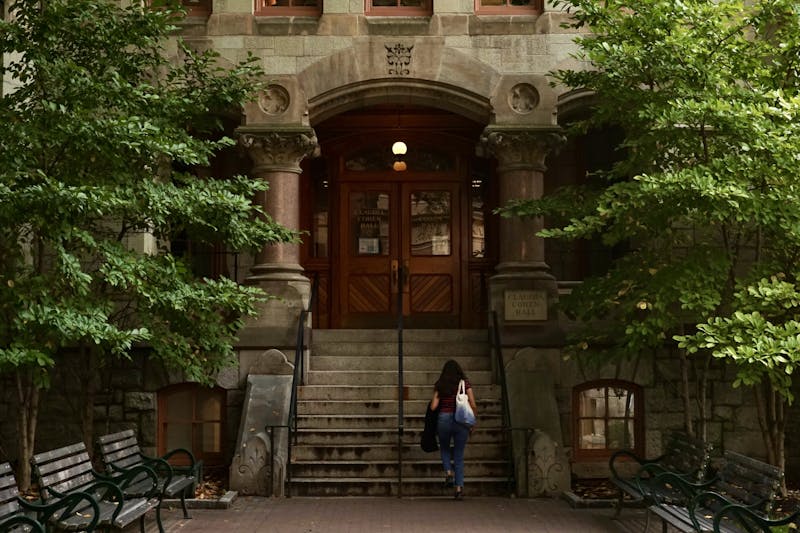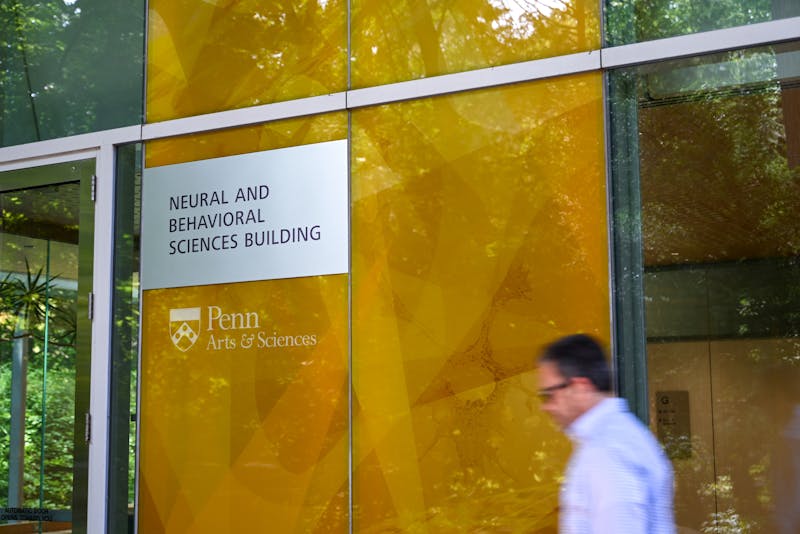In my “Why Penn” essay from almost three years ago, I distinctly remember stating that one of the main draws of our beloved university was its emphasis on “interdisciplinary” learning. Of course, as an applicant, I wasn’t entirely sure what that concept or its importance was, but now that I’ve been a student here, I totally know … or do I?
For a word that defines Penn almost as much as Ben Franklin does, “interdisciplinary” is a pretty vague term. It’s puzzling how there’s an almost forced obsession with it in our academic culture. As a high-schooler, I thought Penn’s interdisciplinary nature simply meant that students could combine whatever interests they have into a course of study. But since I’ve gotten here, I’ve realized that despite the various ways Penn advertises interdisciplinary education through structured programs, courses of study don’t need to be labeled as such to provide multiple perspectives on a certain theme.
The vision my high-school self had of interdisciplinary learning was one of an academic smorgasbord — taking disparate classes that would expose me to a range of ideas that would eventually formulate a unique intellectual experience. But as I was fulfilling my sector requirements with no sense of purpose other than to fulfill them, I realized that pure exploration didn’t result in a clear academic path. If I continued to do that for the remainder of my two years, a Penn education would go to waste.
On the other hand, programs that link two intrinsically related subjects aren’t really interdisciplinary either. The Penn Integrates Knowledge initiative, which recruits scholars to become endowed professors with joint appointments between Penn’s schools, is an example of this.
The PIK website proudly touts that Penn’s goal is “to achieve a truly successful partnership between arts and sciences,” but honestly, many of the professors’ specializations suggest that interdisciplinary learning means merging together similar disciplines to create a refined area of study. Some of the combinations are almost disappointingly obvious — mathematics and engineering, psychology and neuroscience, biology and medicine. It’s fairly easy to integrate one discipline into another if the former is a foundational study of the latter.
Departments that claim to be interdisciplinary outright and lend structure to a student’s varied interests — like Philosophy, Politics and Economics or Biological Basis of Behavior — provide a middle ground between the two extremes.
College senior Paul White said that being a PPE major has made his idea of interdisciplinary learning one that is essentially exploratory learning within certain boundaries, or per his words, “structured freedom.”
“PPE classes themselves are structured in a way that they incorporate everything from all the disciplines,” he said, providing Behavioral Psychology and Economics as an example that lends both the psychological and the economic lenses to view an overarching theme.
College junior and visual studies major Barbara Darko agreed in an e-mail. “I think interdisciplinary learning incorporates information from a large variety of different fields in order to create a multi-faceted understanding of a subject,” she wrote.
She explained that one of the classes for the core curriculum involved viewing art in the “historical, philosophical, environmental, physiological, cultural, medical and scientific realms.”
Though I think these majors are the truest example of the interdisciplinary learning that Penn aspires to offer, there doesn’t always have to be more than one department and school involved to get the same experience.
Language and cultural studies majors often combine elements of history, sociology and literature. The bioengineering concentration requires a BE ethics course and a business-related course in addition to expected science courses. Communication majors encounter elements of psychology and economics depending on the perspective of the class.
It turns out that we don’t have to work so hard to pull together multiple subjects formally. Multifaceted learning is part of even the most singular program. “Interdisciplinary” is just a word.
Sarah Ryu is a College junior from Harrington Park, N.J. Her e-mail address is ryu@theDP.com. Ryu’s Clues appears on alternate Tuesdays.
The Daily Pennsylvanian is an independent, student-run newspaper. Please consider making a donation to support the coverage that shapes the University. Your generosity ensures a future of strong journalism at Penn.
DonatePlease note All comments are eligible for publication in The Daily Pennsylvanian.







